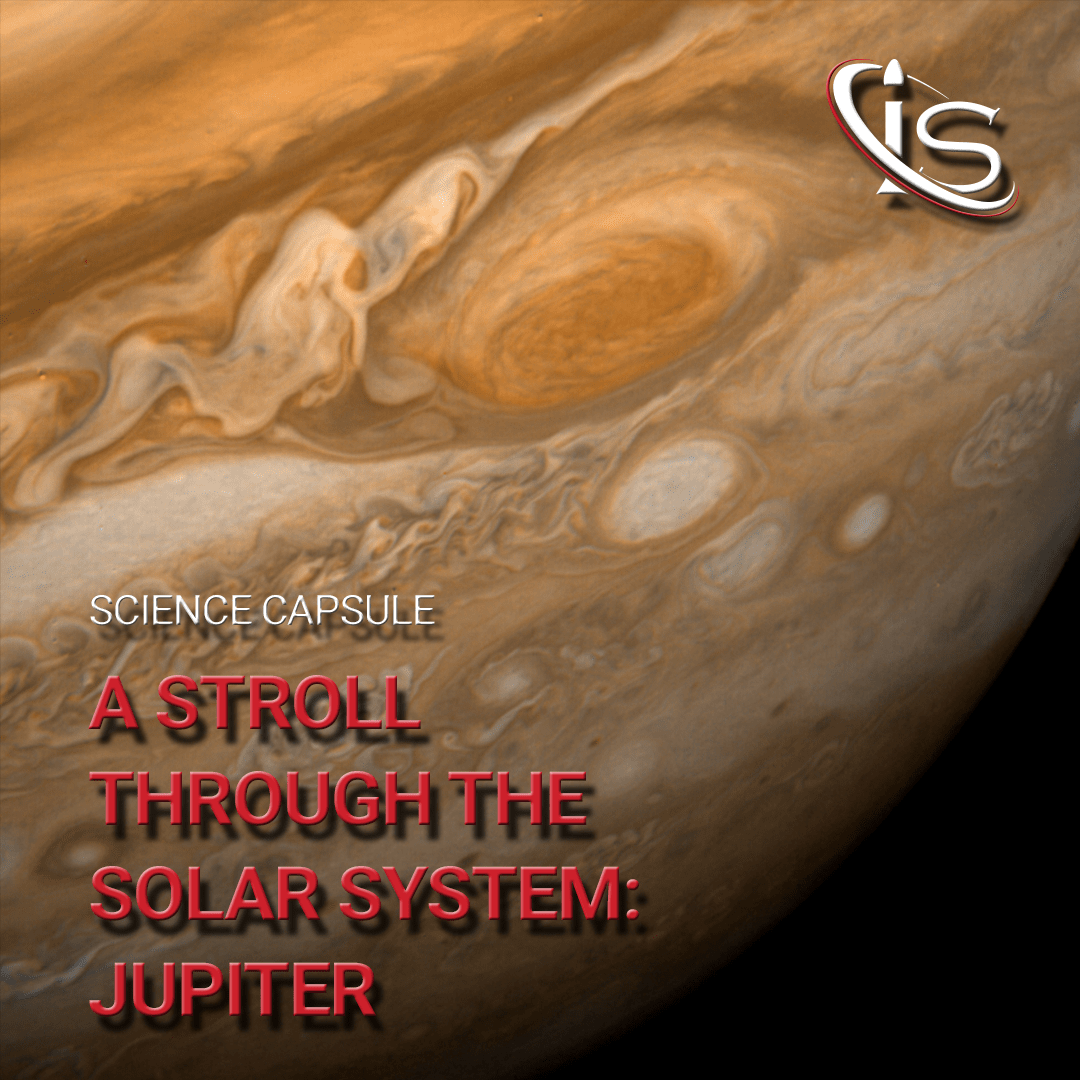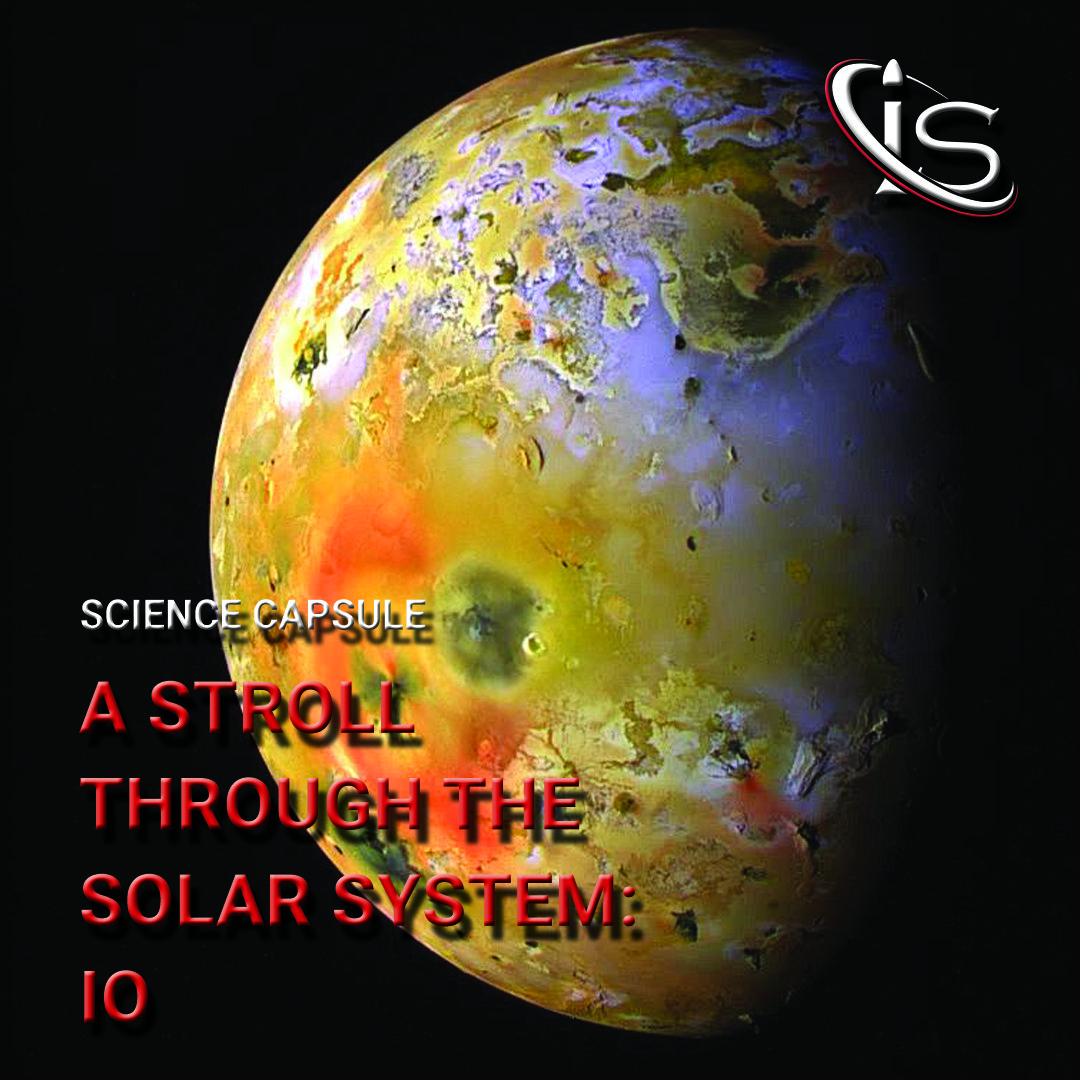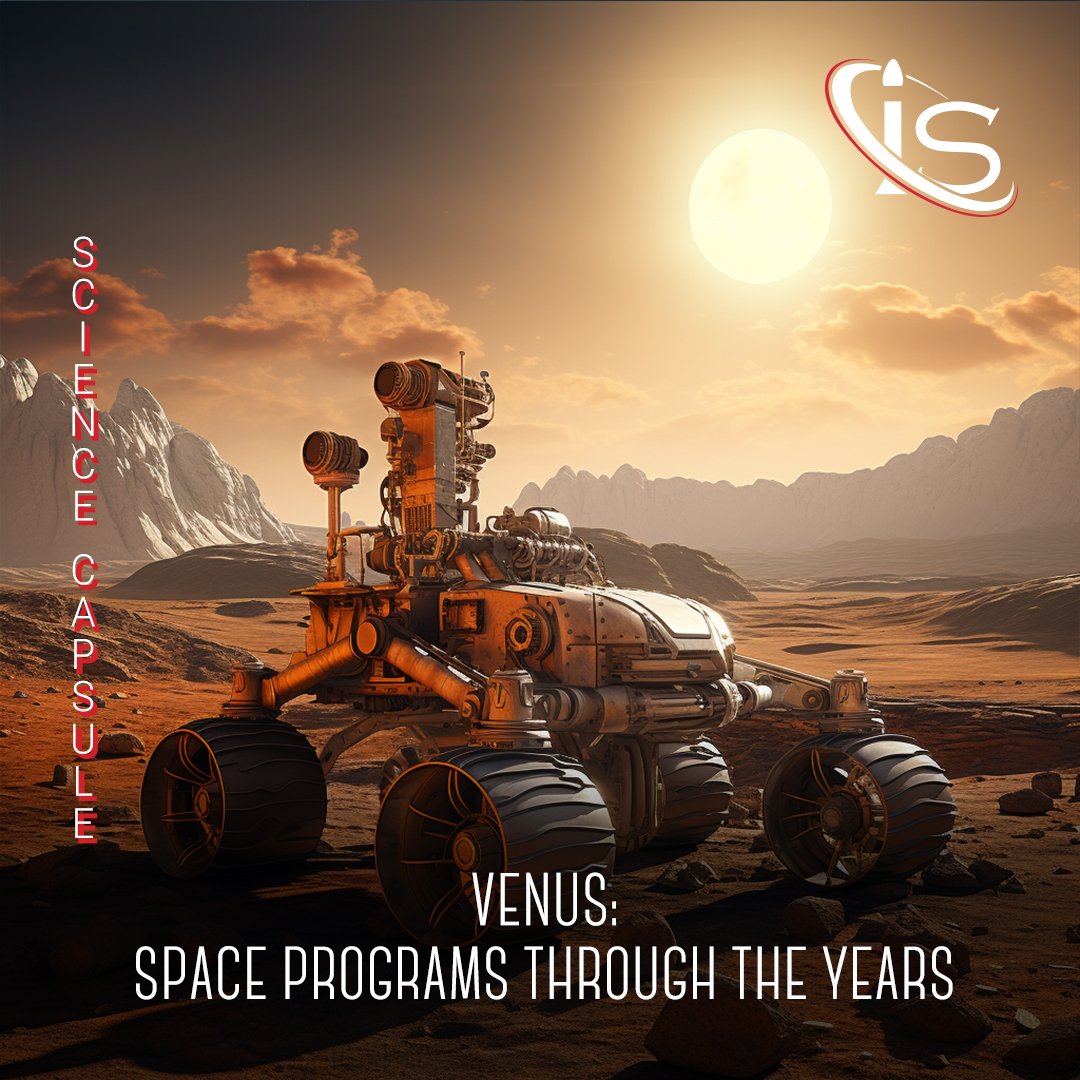Welcome back to another installment of our series on space programs. Today, we are officially moving out of the inner Solar System and onto the first of the gas giants: Jupiter. And given the much greater distance from our planet to this celestial behemoth, it should come as no surprise that less missions have reached it over the years compared to the inner planets. However, there is still a lot to uncover, so let’s jump straight into the Jupiter Missions.
Interestingly enough, unlike the other planets we have discussed so far, all but one of the missions that have succeeded in reaching Jupiter are from the United States. Although, that is all going to change very soon. At least if all goes according to plan. But more on that later. For now, let’s start going through some of this planet’s mission highlights, starting from the very beginning, a very good place to start.
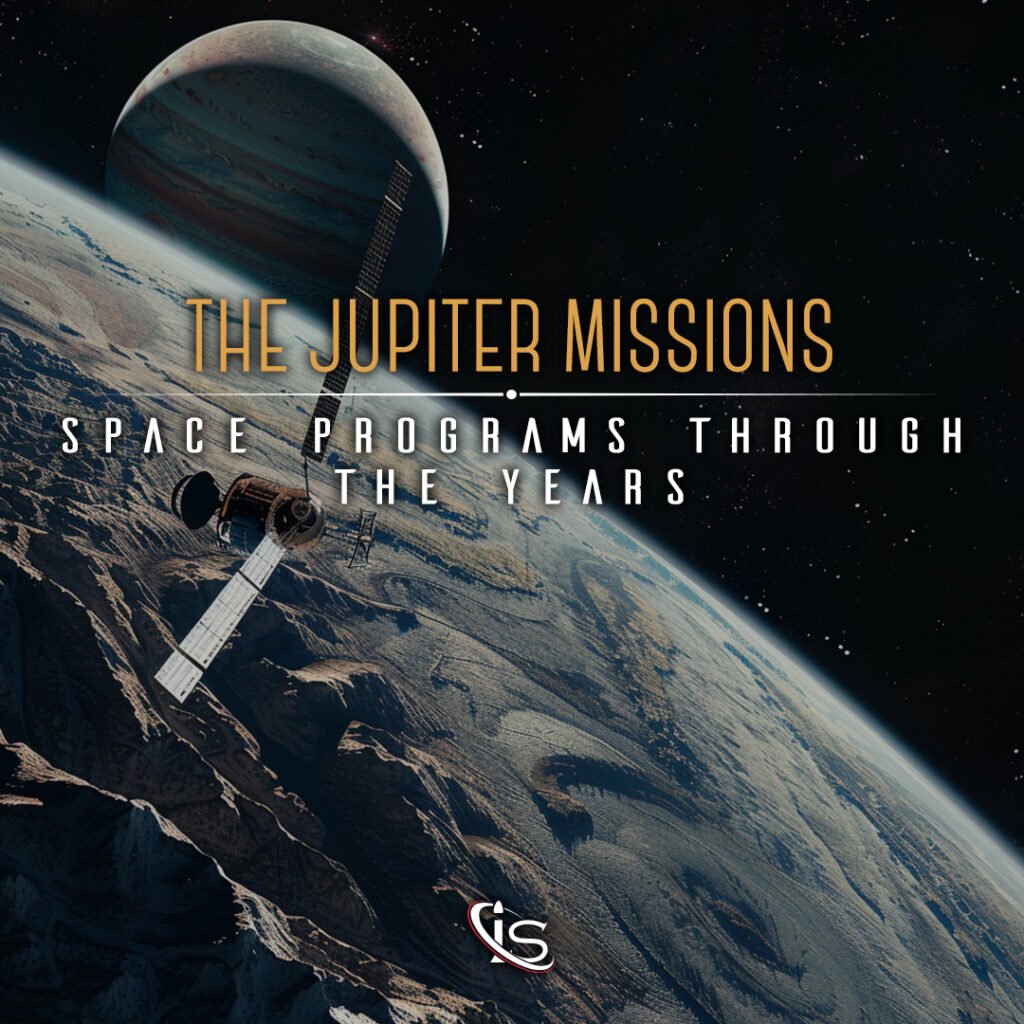
Pioneer 10 – The First of Many Jupiter Missions
The very first mission to reach this gas giant is NASA’s Pioneer 10. And it was groundbreaking and very important in a myriad of ways. First off, launching on March 2nd, 1972, it marked the first time NASA sent a spacecraft to the outer Solar System. Not only that, but the mission was originally intended to last 21 months. Instead, Pioneer 10 ended up staying operational for 30 years! That is over 17 times as long as the targeted lifespan.
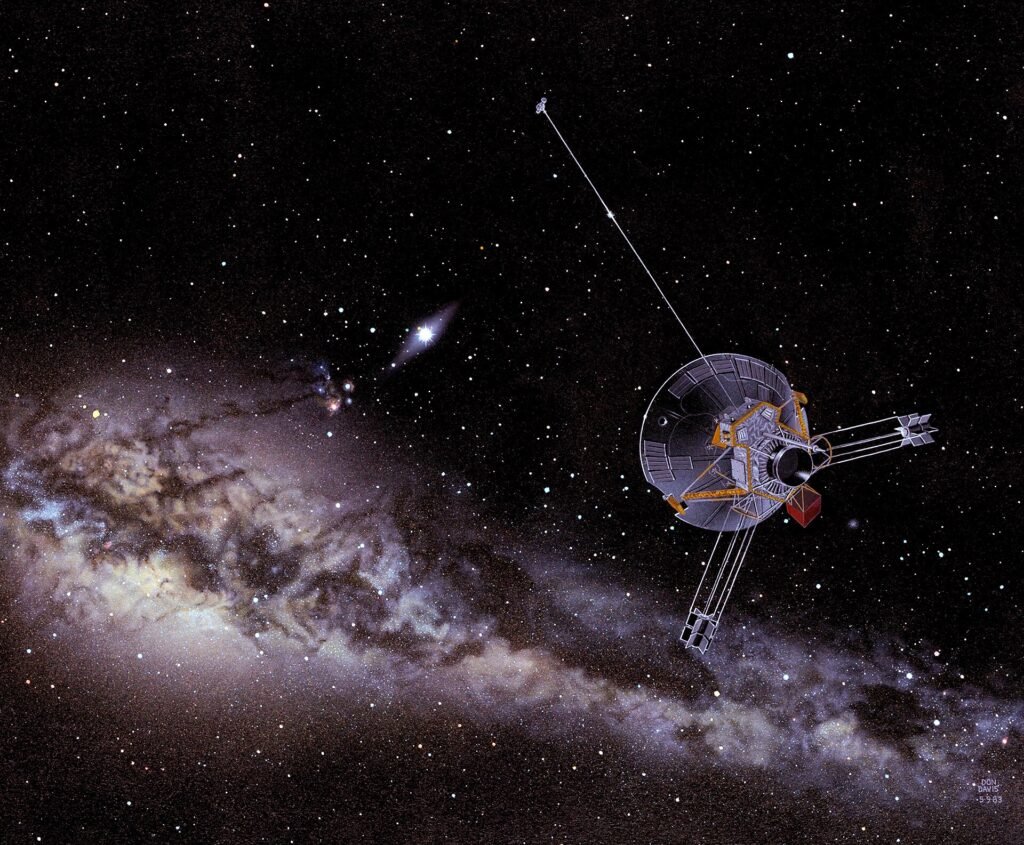
But the firsts do not end there. Pioneer 10 was also the first spacecraft to fly beyond Mars and the first to be set on a trajectory to leave the Solar System and go into interstellar space. It was also the first spacecraft to be fully nuclear-powered, to cross the Asteroid Belt, and reach past Neptune.
It also returned some incredible data about the gas giant, such as capturing its characteristic Red Spot and leading scientists to realize that Jupiter’s magnetosphere contained plasma. There is honestly a lot more to talk about here. But, in the interest of not making this capsule too lengthy, I will save it all for next year’s March historical milestone (unfortunately, we already have other posts planned for this March). However, before moving on, one thing that I have to point out is that Pioneer 10 has an aluminum plaque with diagrams of a man and a woman, as well as the location of the Solar System relative to 14 pulsars. Why, you may ask? Oh, nothing special. Just in case it gets intercepted by intelligent life, that’s all.
For anyone curious, this mission also had a successor, Pioneer 11. However, that is best saved for the next installation of our Space Programs Series.
A Voyage to Jupiter and Beyond
We now come to two of the most famous missions to have reached Jupiter, Voyager 1 and Voyager 2.
Voyager 1
Starting off with Voyager 1, we have perhaps the most widely known space mission that is not called Apollo 11. Launching on September 5th, 1977, this spacecraft went on to revolutionize the way we viewed the Universe. Not just because of the discoveries it made, but how it made them.
Similarly to how Pioneer 10 was the first spacecraft to cross the Asteroid Belt and reach the gas giants, Voyager 1 was the first to explore beyond the heliosphere. We go more in depth on this topic in our stroll about the Sun. However, for now, suffice it to say this is the region of space that is under the Sun’s influence. Which means that crossing past its edge is quite the departure from what we know here on Earth. Both because of distance, sure, but also due to the very different nature of space outside of our Solar System.
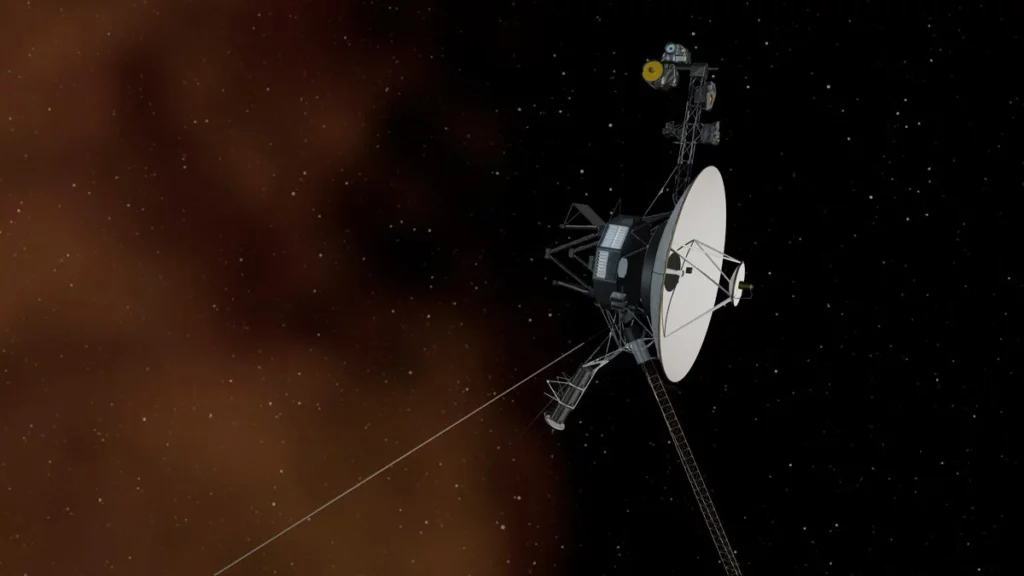
As for Voyager 1’s accomplishments, there are quite a few to list. Too many for this section in today’s capsule. However, we can cover some of the highlights now, and you can let us know if you would like to learn more about this mission in the future. Voyager 1 discovered two new moons orbiting Jupiter, Thebe and Metis, as well as a thin ring around the gas giant. Furthermore, it uncovered volcanoes on the surface of Jupiter’s moon, Io. It also found five new moons for Saturn and the planet’s G Ring. Again, there is much more that we could talk about here, but these should give an idea of how important Voyager 1 was.
Voyager 2
Moving on to Voyager 1’s predecessor, we have Voyager 2. And no, predecessor is not a typo, because, in this one case, 2 came before 1. That is because Voyager 2 actually launched on August 20th, 1977, a couple weeks before its twin. However, the reason this is considered the second mission is that the route taken by Voyager 1 actually had it overtake the sibling spacecraft. Also, for anyone wondering, both vehicles launched from Cape Canaveral’s Launch Complex 41.
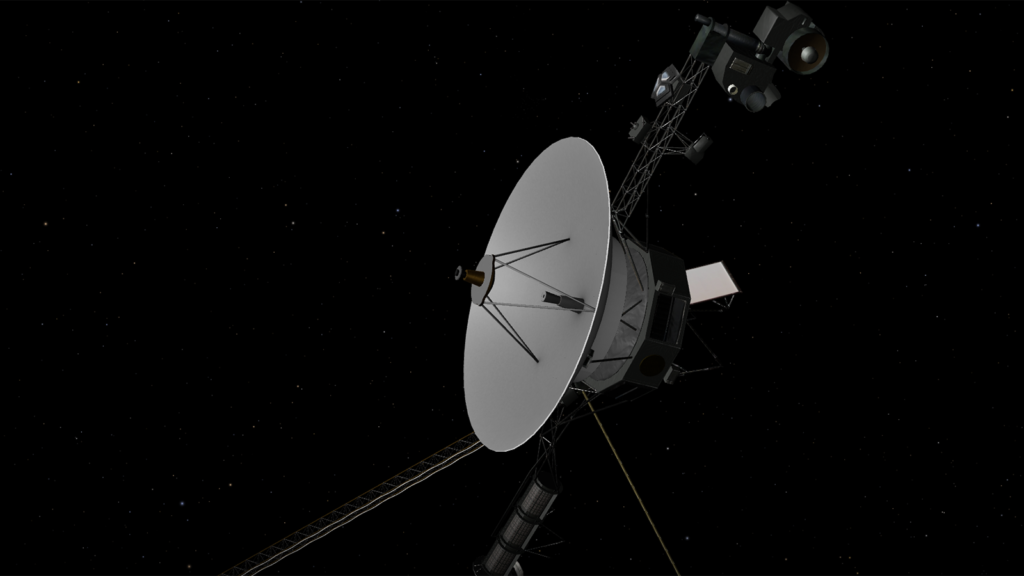
Regardless of when it launched, Voyager 2 still conducted some incredible research. Not only did it also cross the Asteroid Belt into the Outer Solar System, it also is the only spacecraft to have ever closely observed all 4 of our system’s gas giants. And much like its twin, Voyager 2’s list of accomplishments is quite extensive, meaning we will once again only cover some highlights.
It was the first spacecraft to perform a flyby of Neptune, as well as the first to pass by Uranus. It discovered the fourteenth (of many more) of Jupiter’s moons and a lot of new information regarding the moons of the two farthest planets in the Solar System. In fact, it discovered 10 moons and 2 rings around Uranus and 5 moons and 4 rings around Neptune. And much like Voyager 1, Voyager 2 has also crossed passed the heliosphere into interstellar space.
Galileo
And now, after discussing a couple missions that were not just centered around Jupiter, it is time to go back to focusing solely on this planet. And the perfect mission to do that is Galileo, which provided us with much more information about this planet than ever before. Galileo launched aboard the Atlantis space shuttle on October 18th, 1989, from the Kennedy Space Center. And after traveling for 6 years, it arrived at its target destination, Jupiter, on December 7th, 1995. Here, it began orbiting the gas giant, becoming the first spacecraft to ever orbit around an outer planet. And this accomplishment cannot be understated.
Proving that it was indeed possible to successfully orbit an outer planet opened up many new doors to the possible discoveries we could make about the Solar System. And Galileo did not stop at orbiting Jupiter; it also released an atmospheric probe to further examine the planet’s atmosphere.
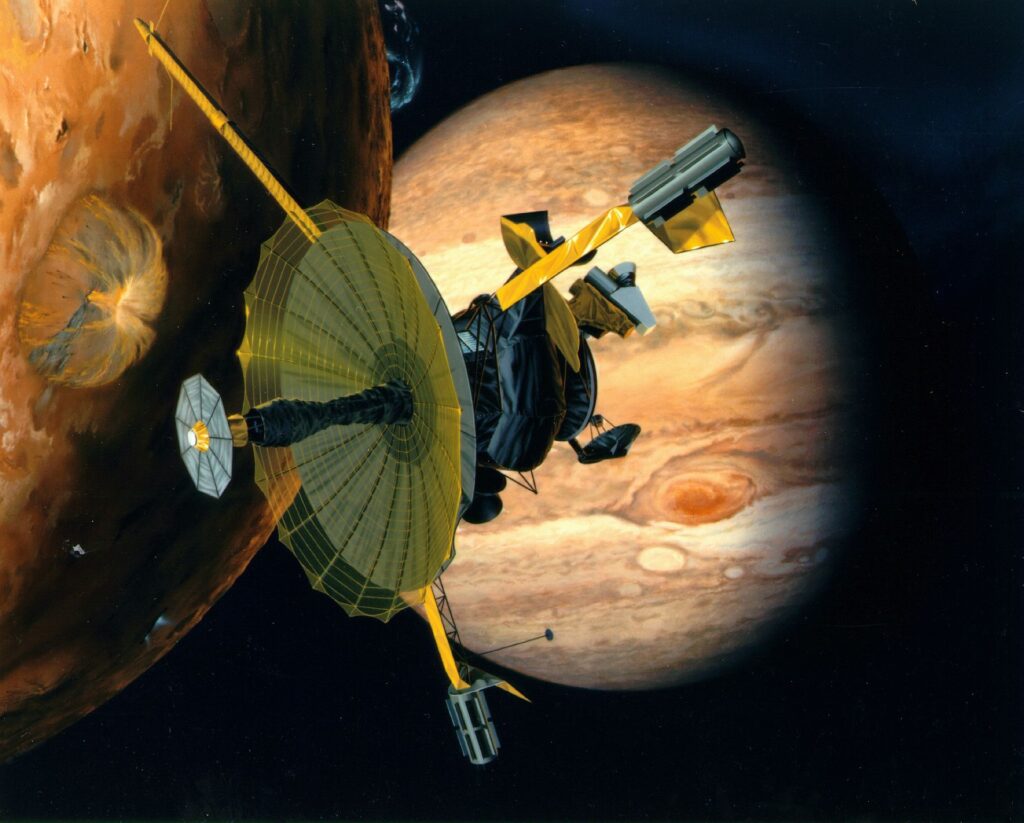
Thanks to this new setup for observing faraway planets, Galileo made some incredible discoveries in its life. For one, its atmospheric probe greatly helped in the study of Jupiter’s evolution by gathering data that confirmed its formation out of the solar nebula. It also provided much more data about Jupiter’s Galilean Moons (which influenced the naming of the mission). From Io’s extensive volcanic activity to the possibility of Europa containing an underwater ocean and the discovery of Ganymede’s magnetic field, Galileo revolutionized what we knew about the Jovian System. It even found magnetic data that suggests the presence of a liquid saltwater layer on Callisto, Ganymede, and Europa. So much so that this mission is also deserving of its own historical milestone.
Juno and Modern Jupiter Missions
We are almost at the end of today’s capsule. And as these Space Programs articles tend to do, we are getting to the most recent ones last. In fact, the mission for this section is happening as we speak. And although this also applies to the Voyager duo, they are now in interstellar space, whereas Juno is still examining Jupiter.
Having launched on August 5th, 2011, it took Juno a little under 5 years before it reached its target, Jupiter on July 1st, 2016. Since then, this spacecraft has been hard at work at examining the gas giant. And thanks to its advantageous position and state of the art technology, Juno has been delivering incredible images of the Jovian System for years. It also found potential evidence of remnants of organic materials and salt on Ganyemede. If confirmed, this would be groundbreaking, to say the least. Juno is also the spacecraft responsible for confirming that Jupiter’s winds go hundreds of kilometers deep into the planet’s interior.

With a scheduled end of the mission in September 2025, Juno is poised to continue uncovering new information about the Solar System’s largest planet and its moons.
Juice and Europa Clipper: the Upcoming Jupiter Missions
Before ending today’s capsule, it is finally time to mention the upcoming missions that were hinted at before. Bothe the ESA’s Jupiter Icy Moons Explorer, or Juice, and NASA’s Europa Clipper are scheduled to further explore this planet. Juice has already launched, with the date in question being April 14th, 2023, while Europa Clipper is scheduled to launch on October 10th of this year. As the names suggest both will focus more on the planet’s largest satellites, with Europa Clipper being centered entirely around, you guessed it, Europa.
The target years for their arrival at the Jovian System are 2031 and 2030 for Juice and Europa Clipper, respectively. We at impulso will continue to keep an eye on these missions and will happily discuss any of their highlights and updates.
And with that, we have come to the end of another entry in our Space Programs Through the Years series. I hope you enjoyed learning more about the Jupiter missions. If you did, make sure to follow us on our social media pages to always stay up to date for all things space related. “See you” all in the next capsule right here, at impulso.space.


